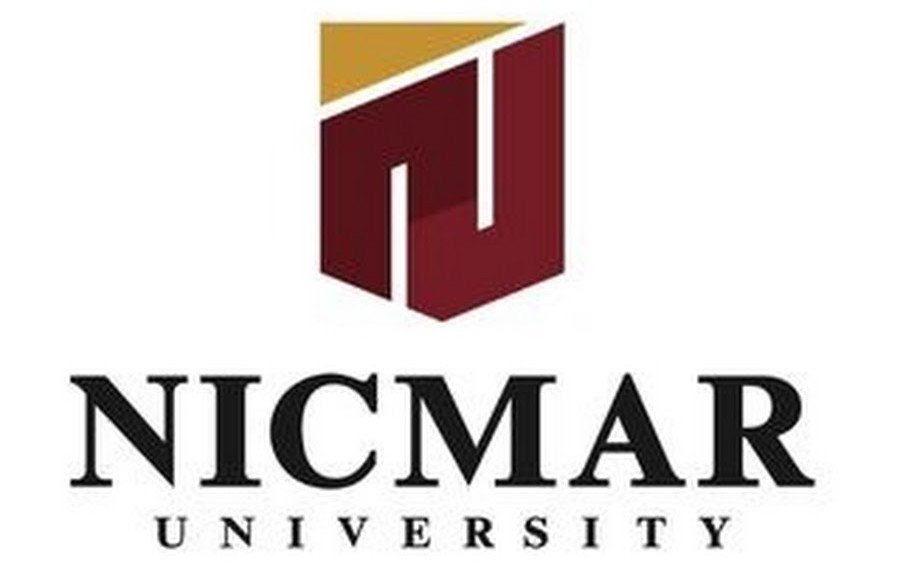- The researchers from IIT Madras discuss a concept known as ‘Workforce Agility’, which helps employees deal with organisational challenges with a more constructive approach, rather than being resistant to them.
An Indian Institute of Technology Madras (IIT Madras) study suggests that fostering an environment that channels the creative and expressive sides of employees could be a successful approach to running a volatile business.
Many large corporates such as Boston Consulting Group, Xerox Parc, Siemens, and IBM have implemented the strength of art-based therapies to achieve their management goals, IIT Madras said in a statement. This research advocates applying expressive arts techniques in the workplace to benefit employees, and consequently refine the overall corporate culture.
In this study, the researchers, Professor V Vijayalakshmi and her doctoral student Janani M, from the department of management studies at IIT Madras, point out several methods to support and maximise the workforce agility of employees. Their work has been published in the Journal of Organizational Change Management.
“Arts have a significant history in many cultures and have the potential to shape thoughts, feelings, and behaviour. Compared to traditional training methods, experiential and artistic methods induce a positive mood, encourage creativity and innovation, and offer metaphorical and improvisational advantages to expand one’s thought and behaviour in the workplace,” said Prof Vijayalakshmi.
Generational changes, technological advancements and a constant need to adapt to the evolving world require workforces to alter ways to maximise employee potential and keep them fulfilled.
The researchers from IIT Madras discussed a concept known as ‘Workforce Agility’, which helps employees deal with organisational challenges with a more constructive approach, rather than being resistant to them. This can help businesses react to the opportunities and dangers that come with operating in competitive business environment.
An individual employee is rarely given priority in conventional efforts to increase workforce agility. To improve workforce agility, individuals’ characteristics have received very little attention up until now. However, preserving work culture is dependent on preserving the creative needs of employees, the researchers suggest.
In this paper, ‘Intermodal arts-based intervention’ (IABI) has been proposed by the authors as a business model to enhance the workforce agility of individual employees. This includes varied art modalities such as visual arts, music, movement and theatre
This can also help employees express their thoughts and behaviour, enhance their learning capacity, and enable thinking and understanding of complexities such as ethical dilemmas at work. A facilitator trained in arts-based modalities can gently navigate employees from resistance to acceptance.
Modern life and rigid structures within companies can demand set goals and targets from employees, which can lead to feelings of boredom or a creative vacuum in the work environment. Over time, this might result in a systematic decrease in an employee’s productivity as they become less focused on completing duties to the bare minimum and more eager to maximise their time for leisure activities unrelated to their jobs.
By dissecting the psyche of an employee, this research highlights the crucial role of innate joy as an enabler for employees to perform better in their jobs.



